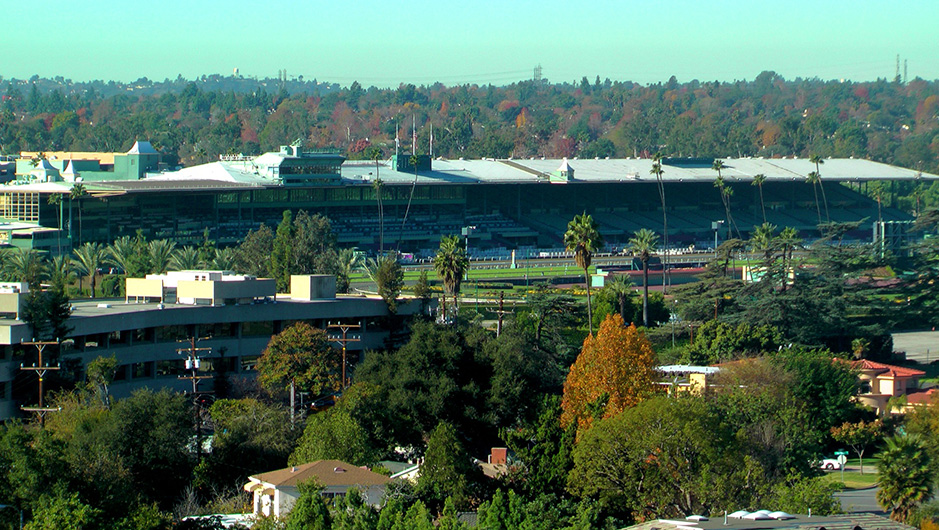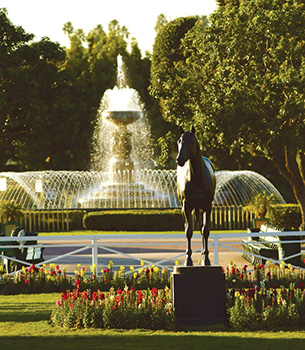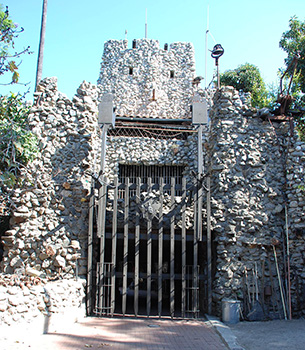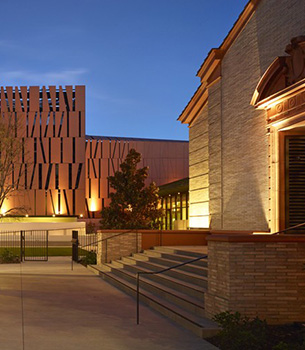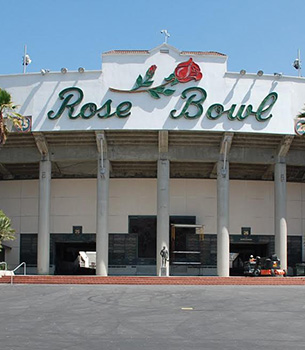Santa Anita Park
Originally constructed in 1934, Santa Anita Park has a long history as one of the most important thoroughbred horse racing venues in the United States. Designed by noted Southern California architect Gordon B. Kaufmann, Santa Anita Park established a level of elegance and quality that transformed the thoroughbred racing experience in California. It is also significant for its use as a temporary detention center for the internment of Japanese Americans during World War II.
Compromised by incompatible new construction and development pressures, Santa Anita Park was placed on the list of "11 Most Endangered Historic Places" in 2000 by the National Trust for Historic Preservation. In order to establish its historic significance and define the property as a historic resource, Historic Resources Group prepared a nomination to list Santa Anita Park in the National Register of Historic Places. The nomination identified a historic district at Santa Anita Park that included 53 buildings, structures, objects, and landscape areas that contribute to the property’s historic significance. Santa Anita Park was determined eligible for listing in the National Register by the National Park Service in 2006. By virtue of it being determined eligible for the National Register, Santa Anita Park was listed on the California Register of Historical Resources.
Photos by Scott Hetrick, Santa Anita Park.
